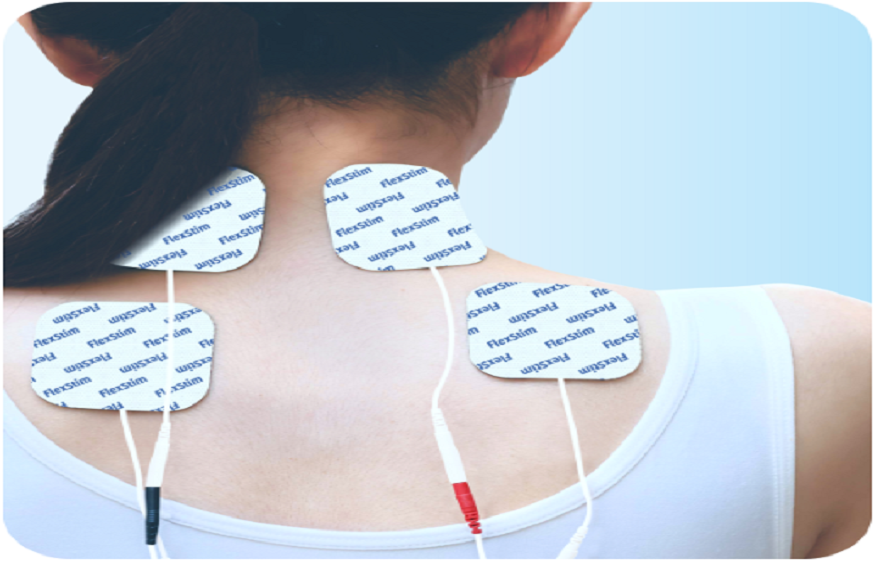
How Do Manufacturers of Cutting-Edge ECG Gels Improve Safety and Efficiency?
Optimal conductivity is crucial in the critical applications of TENS/EMS pads and defibrillation-gel. Sophisticated formulas are used by leading producers of ECG gels to attain high electrical conductivity, which guarantees effective electrical impulse or signal transfer. These specialized gels minimize resistance and maximize ionic mobility by combining salts, additional unique ingredients, and carefully chosen conductive polymers. These sophisticated formulations make defibrillation and neuromodulation more efficient by optimizing conductivity, which raises the total effectiveness of the corresponding medical equipment.
Thorough Protocols for Testing and Quality Assurance:
Defibrillation gel and TENS/EMS pad applications require the highest level of safety and dependability. To guarantee constant performance and compliance with strict regulatory criteria, top ECG gel producers use strict quality control procedures and testing processes.
The efficacy and user-friendliness of TENS/EMS pads and defibrillation gels are significantly influenced by viscosity and spreadability in addition to conductivity. To achieve the ideal balance between these attributes, top producers use state-of-the-art formulation procedures. When the gel is applied, its perfect viscosity allows for uniform and smooth dispersion throughout the electrode surface while also ensuring that it stays in place. Its optimal spreadability contributes to the overall efficacy of the treatment or monitoring process by promoting uniform electrical conduction and improving user comfort.
Novel Packaging Techniques for Long-Term Storage and User-Friendliness:
Expert ECG gel producers understand how crucial packaging is to maintaining the usefulness and purity of their goods. To guarantee ease of use, preserve sterility, and prolong shelf life in healthcare settings, creative packaging options are utilized. Efficient dispensing and application of gel are made possible by specialized multilayer pouches or containers that shield it from external influences. Healthcare practitioners can find the procedure more efficient and there is less chance of spills or contamination when manufacturers add integrated applicators or dispensing systems.
Production Methods That Consider the Environment:
Innovative producers of ECG gels are using ecologically friendly production techniques as the healthcare sector grows more and more concerned with sustainability. Waste reduction techniques, effective energy management systems, and the utilization of renewable or biodegradable raw materials are all included in this. As healthcare institutions and regulatory agencies seek more environmentally friendly medical equipment, these firms are meeting this need and helping to create a more sustainable future.
Devotion to Ongoing Investigation and Progression:
Thanks to developments in materials science, medical devices, and user experience, the area of defibrillation-gel and TENS/EMS pad technology is still changing today. Remaining dedicated to ongoing research and development, top producers of ECG gels work with universities, businesses, and medical experts. By introducing new formulations, streamlining manufacturing procedures, and developing state-of-the-art solutions that boost user convenience, patient safety, and overall treatment efficacy, they may remain at the forefront of innovation.
Improving Formulas That Are Skin-Friendly and Biocompatible:
Modern ECG gel producers prioritize skin-friendly formulas and biocompatibility above everything else, including optimum conductivity and viscosity. For prolonged usage, patients can feel comfortable and safe because these specialized gels are made to reduce the possibility of skin irritation, allergic reactions, or other negative consequences. Hypoallergenic components, moisturizing agents, and pH-balancing buffers are all included in advanced formulations to support the maintenance of healthy skin. The gels’ safety profile is further enhanced by conducting thorough dermatological testing and clinical studies to assess their compatibility with different skin types.
Optimizing Production Procedures to Ensure Reliable Grade:
In the production of tens ems pads and defibrillation gels, uniformity and efficiency are critical. Prominent producers optimize their production processes via the use of process control systems and modern automation. Minimizing human error and batch-to-batch variability, automated batching solutions guarantee accurate and consistent ingredient measurements. Real-time monitoring systems and in-line quality checks improve consistency even further and allow for quick corrections if deviations are found. In addition to increasing overall productivity, these simplified procedures also help ensure the final goods operate dependably and safely.
The major actors in EDC gels, although they acknowledge that settling on collaborative market dynamics is fundamental and drives the change, innovation, and improvement in the sector, still do so on an individual basis. They can help you derive critical information on emerging trends, users’ needs, and regulatory demands that can be derived by fostering strong ties with medical device producers, healthcare providers, and regulatory organizations. Manufacturers may reduce the time and resources wasted by the misalignment between product development and market demands via closer stakeholder work relationships. Fostering partnering with educational institutions and research groups enhances multiple ways of information transmission and even, the numerous materials, composition, and production process exploration.
The trend in modern times has been Digitalisation in factories and production lines propelled by Industry 4.0. The gel manufacturers that are at the forefront are leveraging these technologies to improve production quality and optimize operations. In the whole process of supply chain formation from material procurement to distribution of final products, all operations can be optimized and data shared in real time via integration with digital technologies. Predictive analytics and machine learning algorithms are employed for much more than producing insights out of data. They are used to take action preemptively to detect any fault inside the equipment. Furthermore, virtual twins and simulated models fasten the innovation cycles and bust costs with the help of the opportunity lack of physical prototypes and advanced investigation of novel formulations and manufacturing techniques.
Conclusion:
ECG gel manufacturers need to adhere to the stringent quality and safety regulations imposed by the authorities all over the world as their leading priority because they are in the business of medical devices, governed by numerous regulations. The regulations are quite strict, and leading manufacturers usually spend a lot of money to get their products to these requirements. Along with the fear of gaining worldwide market access and guaranteeing patient security, those producers’ affirmation of regulatory compliance makes it possible for them to supply medication and healthcare equipment to both patients and healthcare professionals across the world. Using this to achieve effective market entrance and avoid the latter’s inability to comply with the related regulation requires only necessary documentation, proven techniques, and sound quality management systems.








